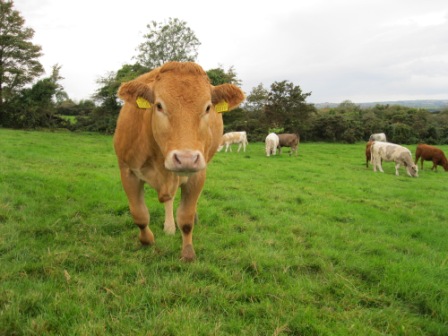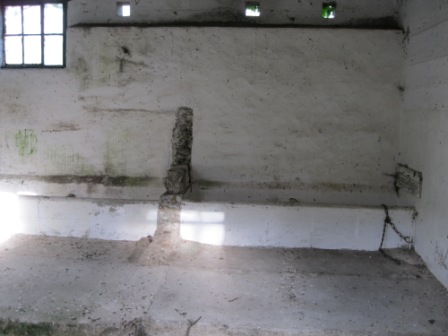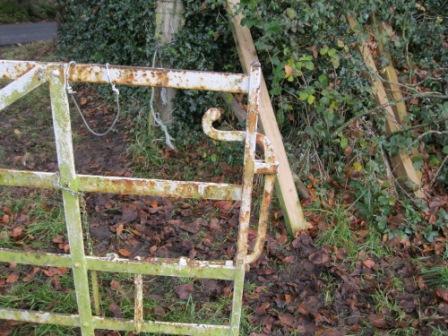Fattening Cattle
Traditionally, Meath has been known as a county with good land for fattening cattle. Younger store cattle and weanlings were often purchased in the west and south of the country and brought to Meath to be fattened and finished. An obvious question then is – what evidence is there of this tradition in the Meath Field Names Survey and the notes that accompany it?
On investigation there are numerous links in the survey to this tradition. There are about 20 fields with names like ‘Fattening Field’, ‘Fattening Park’, ‘Fattening Grass’ or ‘Fatting Field’. These were the fields with good grass suitable for fattening cattle. There are also nearly 20 ‘Bullock Fields’ or ‘Bullock Parks’. There are also references to stall feeding cattle in the winter, the Dublin cattle market and the Dublin hay market.


Animals and Wildlife
There is many mentions of abundant wildlife in Meath Fields and their Field Names. Wildlife mentioned includes – Whooper & Mute swans, badgers, foxes, deer, mallard, geese, pigeons, plover, rabbits, hares, eels etc
Hunting and racehorses – The prevalence and popularity of hunting in Meath is also very evident from the information and field names gathered. There are fox coverts throughout the County and several ‘Decoy Woods’. There is also the unusual feature of the ‘Hunting Gate’ which seems to be in decline. This is a narrow gate, about 3-4 ft wide that allowed the riders with the hunt to move from one farm to the next. A few notable fields have been called after successful racehorses formerly associated with the fields. There are also references to horse training and point to point racing.


